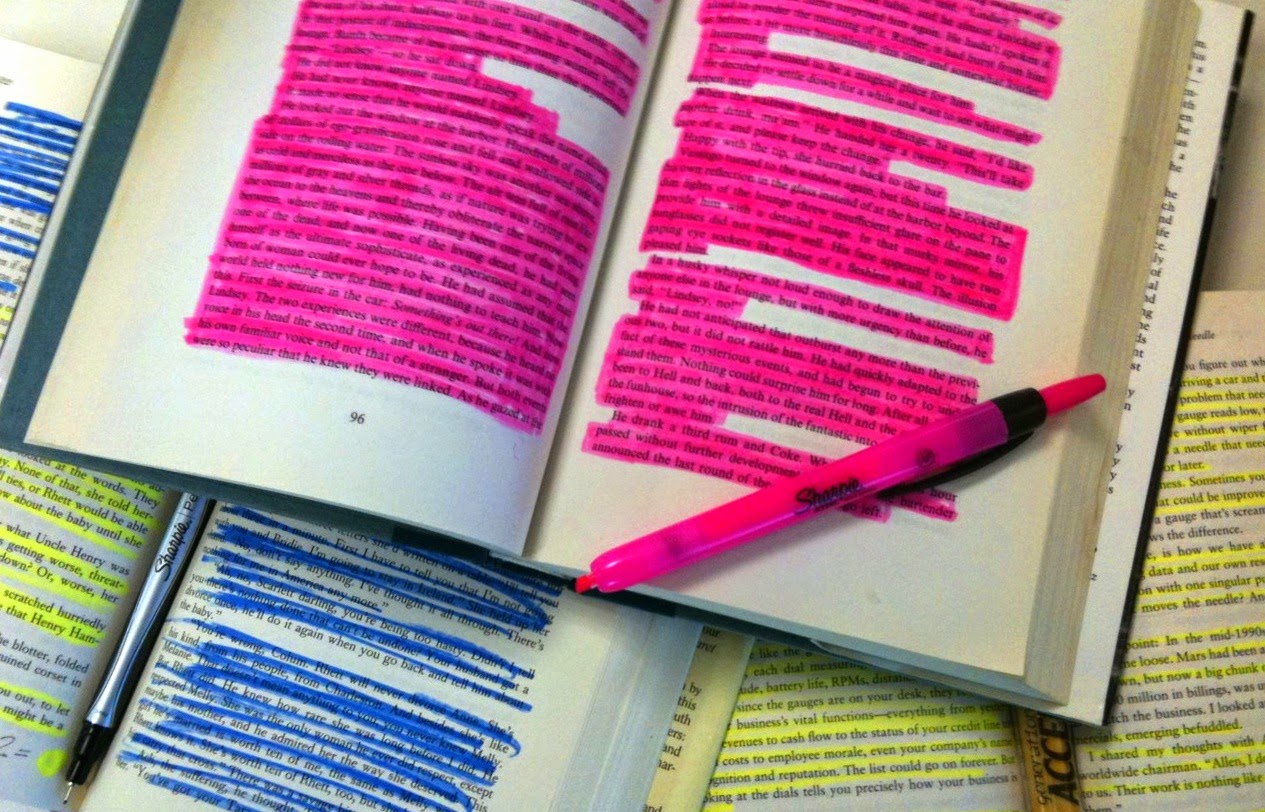Announcements and Reminders:
I am available for you on Tuesdays and Fridays.
Wednesday is an enrichment day in my classroom: Mock Trial.
Thursday is Request Day.
and Reading Strategies Pre-Assessment
by today!
You may turn them in late, but you will lose points.
Reading Strategies Pre-Assess Chart.docx Reading 7 Disclosure Document2017-18.docx |
Targets for Today:
|
Today’s Agenda:
1. Select a book to read -- either one you brought or one from our classroom shelves, and read it for about twenty minutes. 2. Fill out your reading log.
If you're absent, or were off-task during reading time, or didn't fill out your log, pick up a pink make-up sheet and do the homework.
3. One-Minute Partner Fluency Practice
Today we are using "Turning Off the Faucet" on the other side of the poem we have been reading.
Fill out a column on your graph for each time you read.
A3 practiced with "click bait" article.
(They will practice inference, predicting, finding patterns later.)
A4 did not do the second article. They listened to "The Goblin Book"
You could watch this video about how the "Magic Eye" pictures work.
There is a bit of language in a TV or movie clip they show. Make Predictions
Words you need to know:
prediction: about what is to come
inference: about what is (reading between the lines, What is the author saying without directly stating it?)
This is the prediction cycle:
1) predict2) read 3) check (to see whether you were right) 4) compliment (yourself on getting it right) or correct (your thinking using the new information).
Storytime -- You will receive a sheet of plain paper. Fold it in half. On each half you will draw something as you are directed to. Write your name somewhere on that paper.
Predicting Practice --
Label your first half sheet -- #1 "The Goblin Book"
The title of the first story is titled "The Goblin Book."
What do you think might happen in this story?
Label your second half sheet -- #2 --
Predicting Practice -- How could these words be related to each other in a story?
How about these? How could these words be related to each other in a story?
Draw a picture that expresses how you feel about spiders.
Think about experiences you have had with spiders.
Listen to the story.
Skittering (If you are absent, read the story here.)
Label your third half sheet -- #3 --
How about these? How could these words be related to each other in a story?
prediction: about what is to come
inference: about what is
Making Inferences is very similar to Making Connections and Making Predictions. In fact, predictions are a type of inference. When you make inferences, you use clues from the text, memories, facts, experiences, and more to "read between the lines". You're not just looking forward to guess what will happen next, but you're looking at the whole text!
We will use an acronym to help us remember the important parts of making an inference. KIC
Making inferences is a life skill, not just a reading skill! You make inferences all the time as you meet new people, decide if a movie is going to be good or not, or try to figure out what happened to that thing that you lost.
Examples:
A character has a diaper in her hand, spit-up on her shirt, and a bottle warming on the counter. You can infer that this character is a _________________.
A character has a briefcase, is taking a ride on an airplane, and is late for a meeting. You can infer that this character is a ____________________.
A character uses words like "stat" and "emergency" and "prep" and "operation." You can infer that this person works in the ____________________.
A detective enters the house, which has been ransacked. He sees blood on the floor, and it leads out the back door. You can infer that ____________________.
When you enter a house, you see backpacks by the door, small shoes scattered near them. You see an art easel, and a room with a doll house and a toy box. You can infer that there are __________________________.
Your friend walks past you without smiling. Her head is hanging down. She wipes a tear away from her eye, and looks at her report card. You can infer that your friend _______________________________.
You walk into the room and the teacher tells you to clear your desk and get out a piece of paper and a pencil. You can infer that ______________________.
http://softschools.com/examples/literary_terms/inference_examples/301/
Your Brochure: Outside (Today we are doing the middle.)
|
If You Were Absent:
See above.
Use the pink make-up reading log to make-up the points missed by missing our in-class reading time. |
Vocabulary:
|












No comments:
Post a Comment